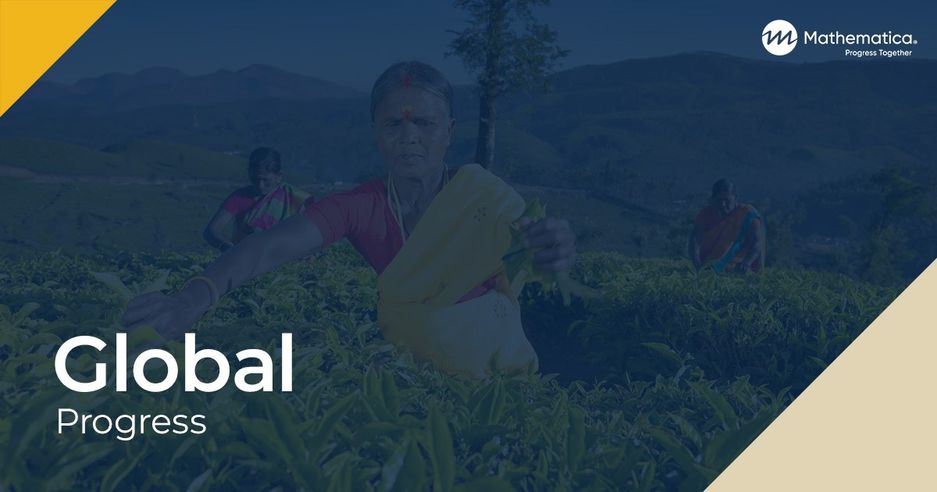Building Youth Life Skills: 8 Tips for Practitioners
Download
Associated Project
Advancing Learning Around Secondary Education in Africa and Asia
Prepared for:
Partnership to Strengthen Innovation and Practice in Secondary Education
Key Findings
Key Recommendations:
- Systematically diagnose the life skills youth need.
- Modify how core subjects are taught if developing life skills across a large population, but opt for standalone life skills sessions to meet the needs of smaller, marginalized groups.
- Incentivize teachers to cultivate life skills while teaching core subjects—by leveraging other aspects of the educational system.
- To increase program efficiency, recruit teachers to conduct standalone life skills sessions, but provide rigorous capacity building to ensure they act as good facilitators.
There is growing recognition that youth need more than academic knowledge to transition successfully into employment and adulthood (Dupuy et al. 2018). They also need “life skills,” a set of cognitive, personal, and interpersonal strengths that position them for success in their lives and livelihoods. Life skills can enhance young people’s agency and resilience, improve their psychosocial well-being, and predict a range of long-term outcomes, including health, job performance, and wages (Kwauk et al. 2018; OECD 2018, Kautz et al. 2014). The Partnership to Strengthen Innovation and Practice in Secondary Education (PSIPSE), a donor collaborative, has invested in 18 programs to strengthen life skills in young people. This issue brief for practitioners offers eight lessons based on the analysis of 18 life skills programs in Africa and Asia—on the design, delivery, measurement, and scale-up of youth life skills programming in low- and middle-income countries.
How do you apply evidence?
Take our quick four-question survey to help us curate evidence and insights that serve you.
Take our survey
